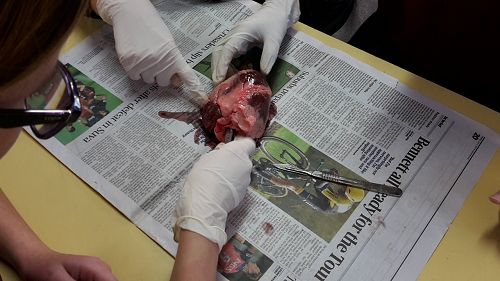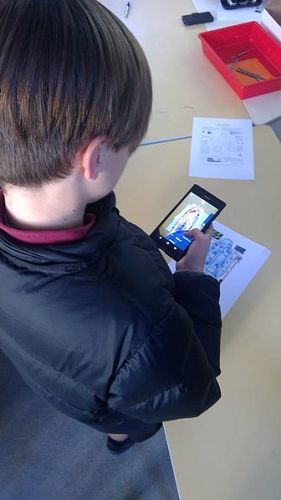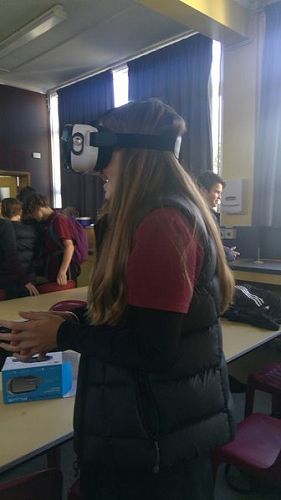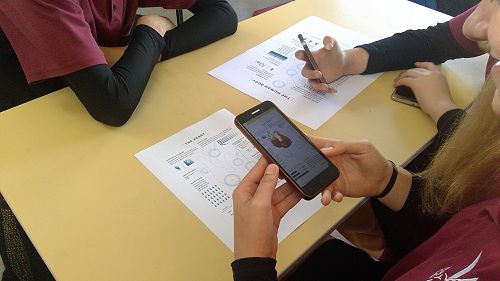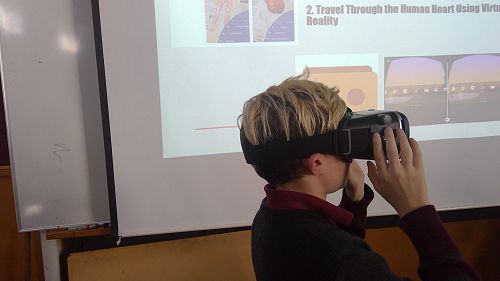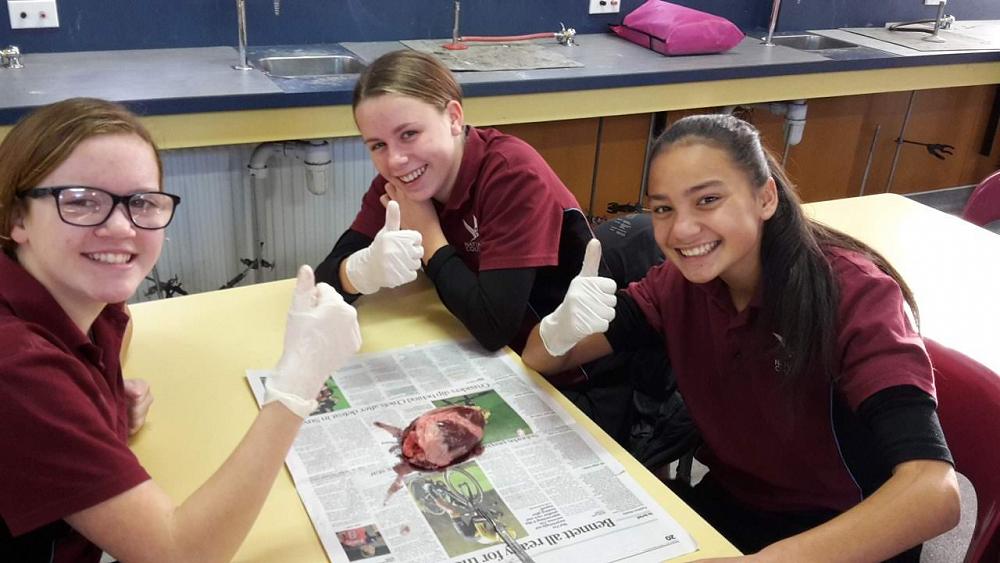
Blended Learning in our science classrooms. What does it mean?
Not all students love the idea of dissecting organs. Some think it is simply 'gross', whereas others have ethical reasons for not wanting to participate.
The Nayland College Science department have been exploring ways to enable all students to have the experience of seeing what organs, such as the heart look like inside, without necessarily having to participate in or observe a dissection.
This is where blended learning in science can invite improved participation and learning opportunities for a greater number of students. Simply put, blended learning is a way of combining digital technology with traditional classroom methods.
Virtual Reality (VR) glasses and anatomy 4D apps are the tools that they are now using in the classroom as ways to cater for (and respect) the students' diverse needs and believes. The VR glasses give the students a guided tour through the human body entering through the nose.
There is also a 4D virtual reality app that take the students on a tour through the human heart. The anatomy 4D app makes a human heart and body appear on the mobile phone screen when it is hovered over a printed template. The diagrams are extremely clear and engaging and the cellphone will even vibrate as the heart is beating. The animated apps also have the advantage that they are very clear and it is much easier to see and observe details and identify parts compared to looking at an actual sheep heart.
Although at this stage the technology cannot of course simulate feeling the weight, the smell and the structure of a real heart, it does allow greater numbers of students to participate, be inspired and gain valuable knowledge.
Gallery
